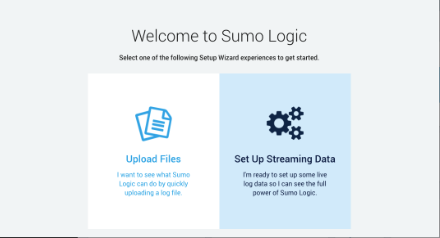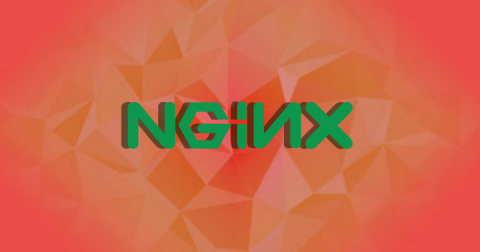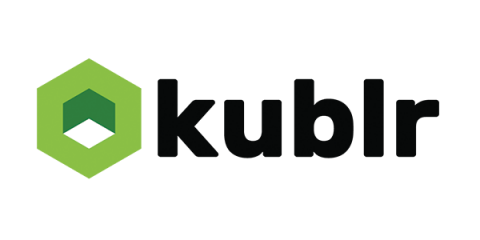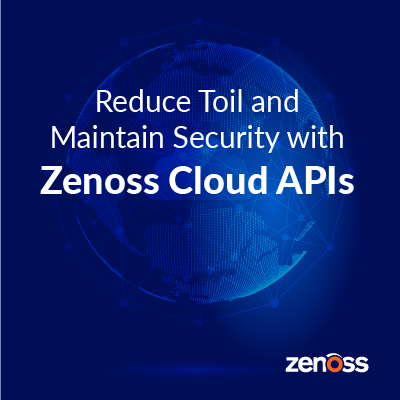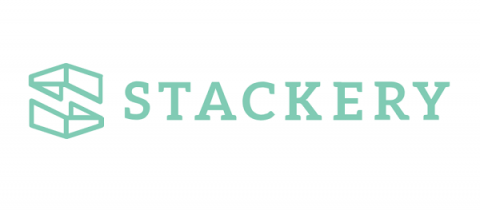Serverless vs. Containers: What's the Same, What's Different?
Containers and serverless computing are two of today’s hottest technologies for application deployment. When used the right way, they both help DevOps teams to deploy applications faster and more cost-effectively. Although the features of containers and serverless architectures overlap in some respects, they are not interchangeable technologies. Containers work better for some use cases, while in others, serverless is what you need.






